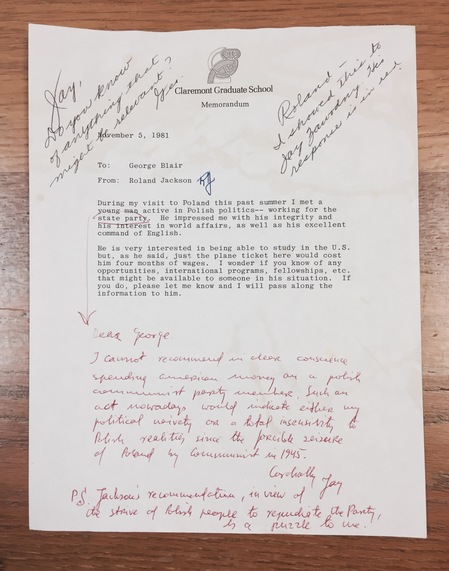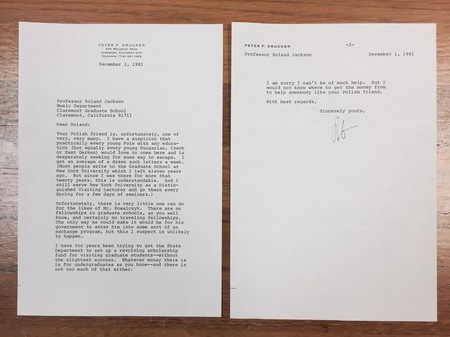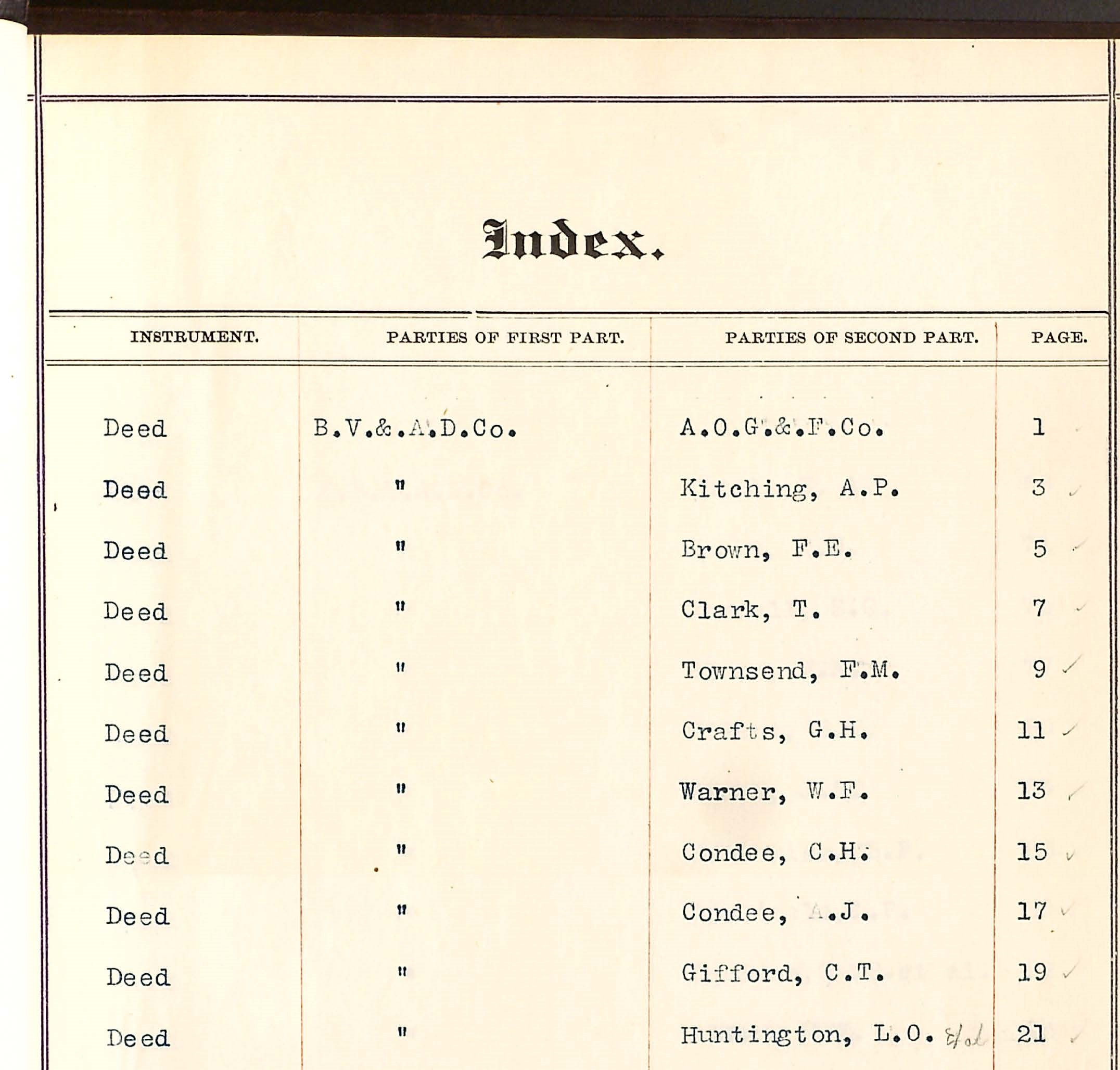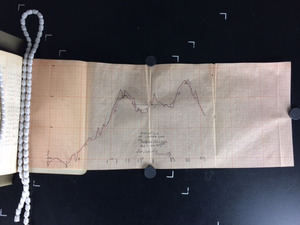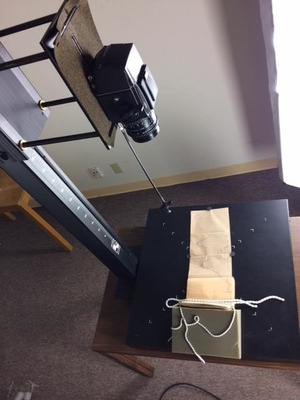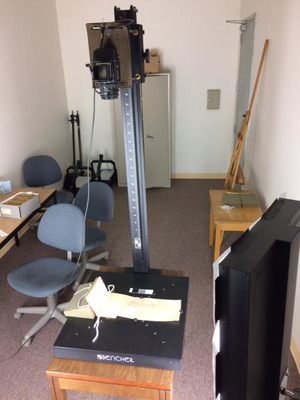Whenever I tell people I am pursuing a masters degree in History and Archival Studies, the conservation always shoots right past the front half of my degree only to arrive at same three questions everyone asks me about archiving.
Questions 1: What is Archival Studies?
Question 2: What does an archivist do?
Question 3: Why do you even want to be an archivist?
These are all great questions, but for the sake of time I will only address the last question and highlight one of the reasons why I want to be an archivist.
One reason comes from something I like to call “the find,” it is a discovery that is always unexpected (and not to mention totally awesome). When I was first given the Roland Jackson Papers, I was told the collection had materials related to Roland’s career as an educator. However, no matter how prepared one is to process a collection, you never know what you might “find”. Despite having an idea of what the collection contained, I found something unexpected and interesting.
When doing the survey, I came across a letter written in 1981 to Jackson from a man he met in Poland. His name was Wojciech J. Kowalczyk and the letter is asking for help in going to the United States. After doing to a quick internet search, I discovered that the letter was written during a period of economic turmoil within Poland and right before the introduction of martial law. Kowalczyk was one of many Poles trying to emigrate to the west. Roland and Kowalczyk wrote to each other a few more times, but it is unclear if Kowalczyk ever made it out of Poland.
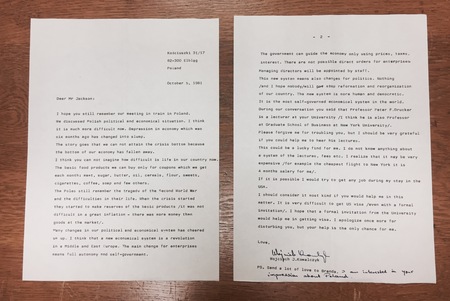
These unexpected finds are one of the reasons I want to become an archivist. History to me has not always been about just knowing the who, what, when, where and why, but knowing the how. I always want to know how certain events and experiences influenced the actions, opinions, and emotions of those living through it. Letters like the ones between Jackson and Kowalczyk give insight into how Kowalczyk and Jackson’s opinions, actions, and emotions were affected by Poland’s economic crisis and martial law. There are even letters written by Roland to a colleague asking for help to bring Kowalczyk to the United States. These types of finds are what I enjoy about being an archivist.
